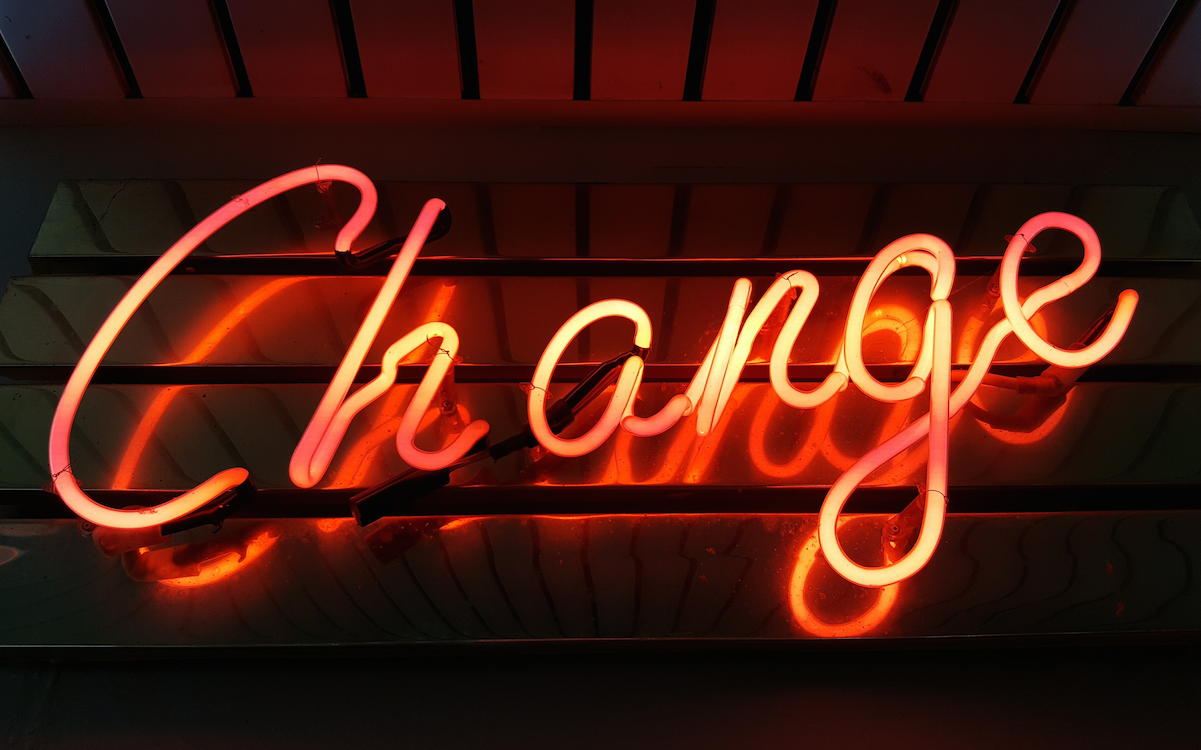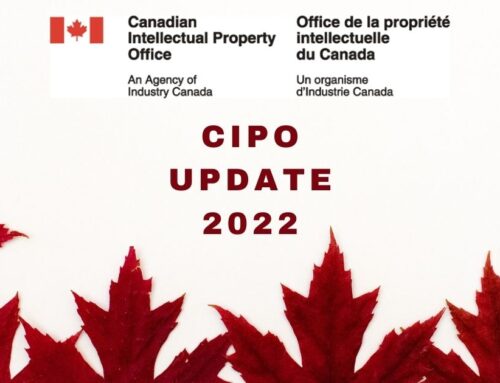We are very good at advising on how one should go about protecting valuable intellectual property assets, as patents, designs, trademarks or copyright. But while innovation continues to accelerate, the innovation system that we use to protect and commercialize these rights have evolved very slowly, and in today’s world in many instances seem antiquated, lopsided or even unfair. Much has and can be written about this, but as a simple general principle, shouldn’t the very systems we utilize to protect intellectual property been updated and upgraded as well?
Going forward, this is a topic that we hope to address on a continuing basis, and welcome your thoughts and comments on how we can revise these systems to be more relevant in the 21st century. The challenge of course is while whole industry sectors are innovating, the mechanisms for keeping up, eg. legislative and administrative changes, often move at a snail’s pace, if in fact they move at all. The anomaly is that while the business world and government leaders continue to stress the importance and value of innovation, little is done to change the commercial realities of how the current systems in place often stifle the very innovation (and resulting economic benefit) that is being sought.
If one looks at creative forces at work in innovation and how they are currently protected, the anomalies become readily apparent. For example if someone invents a new and useful device it can take years and significant capital expenditures to secure exclusive patent rights in only a few countries. The lag and cost can be so great that by the time the patent rights are secured, a newer innovations have arisen that make the effort and cost seem pointless. If someone however creates new computer code to better run a device, that innovation is automatically protected by copyright in over 80 countries the moment it is created, without any further formalities.
The very different financial impact on the businesses relying on these different innovations is huge. The length of time these rights remain exclusive is vastly different too, with patent rights typically lasting 20 years, yet copyright can go on for the life of the author and fifty years after his/her death. In addition, the mechanisms and cost for enforcing these different rights are vastly different as well. The real question is are these substantial differences really justified? It’s almost like innovation discrimination when one thinks of it in broad brush strokes.
These variances are but the tip of the iceberg, and business and government leaders would do very well to start addressing these issues to ensure that the very legal systems that are supposed to foster and promote successful innovation and commercialization are in line with modern day realities, and more accurately reflect the nuances of different industry sectors.







Leave A Comment